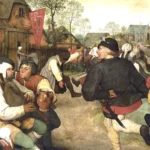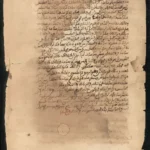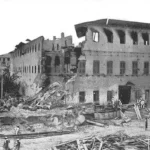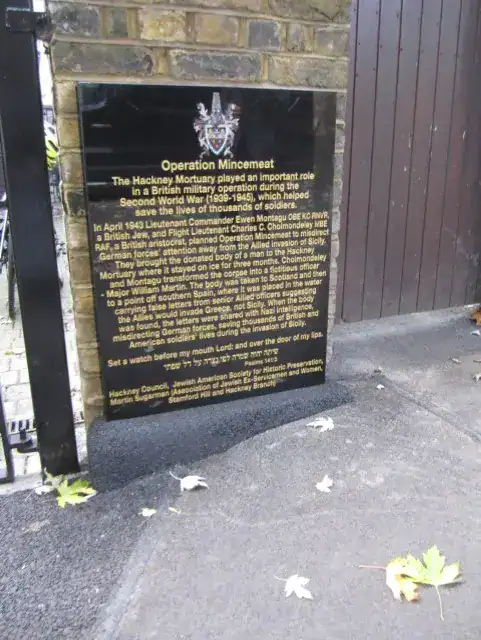
Operation Mincemeat: The Corpse That Fooled Hitler
In April 1943, British intelligence executed one of the most audacious deception operations of World War II: Operation Mincemeat. By planting false invasion plans on a corpse dressed as “Major William Martin,” they convinced Hitler that the Allies would invade Greece and Sardinia—while preparing for the real assault on Sicily. The ruse succeeded spectacularly, reshaping the Mediterranean theatre with barely a shot fired. Wikipedia
Background
With Sicily earmarked for invasion, the Allies needed to misdirect German defenses. Ewen Montagu (MI5) and Charles Cholmondeley (Naval Intelligence) drew on the “Trout Memo” (Ian Fleming’s 1939 deception blueprint) to craft a plan: obtain a body, assign it a credible military identity, and load it with “wallet litter” suggesting alternative targets.
Crafting the Deception
- The Corpse: Glyndwr Michael, a Welsh vagrant who died of rat poison, was selected and surgically fitted with an identity kit.
- “Major Martin”’s Persona: Montagu and Cholmondeley planted letters from a fictitious fiancée, engagement receipts, theater tickets, bank overdraft notices and other personal effects to flesh out Martin’s backstory. Inks were tested for seawater resistance; uniforms were “aged” by rubbing on the officers’ trousers. Wikipedia
- The Drop: On 30 April 1943, a Royal Navy submarine released the weighted body off the coast of Huelva, Spain, where local fishermen retrieved it the next morning.
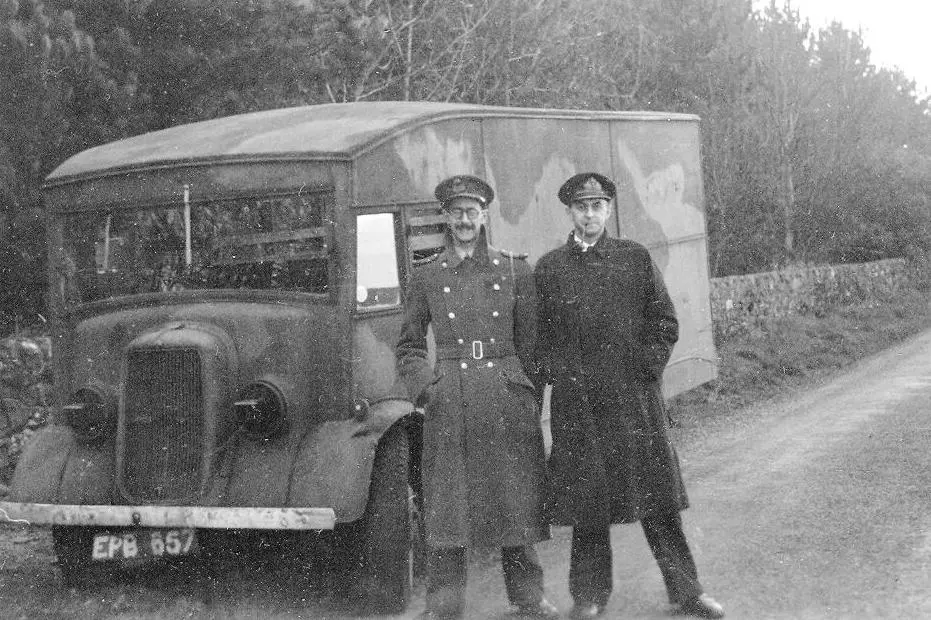
German Reaction
Spanish authorities covertly passed the briefcase contents to the Abwehr. Ultra decrypts later confirmed that Hitler redeployed the 1st Panzer Division to Salonika, bolstered defenses on Sardinia and Corsica, and left Sicily lightly held. When Operation Husky commenced on 9 July, Allied forces met minimal resistance—just as planned. Wikipedia
Analysis and Theories
Operation Mincemeat exemplified “active measures” in modern intelligence: the fusion of psychological insight, meticulous detail and strategic timing. Scholars argue its greatest legacy was not only tactical—enabling a swift Sicilian victory—but also moral: a demonstration that, sometimes, knowledge (or misinformation) can wield more power than bombs.
The corpse of “Major William Martin” lies buried in Huelva’s cemetery, his tombstone marking a triumph of cunning over carnage. More than a footnote, Operation Mincemeat endures as proof that in war, the subtlest secret can change the course of history.



